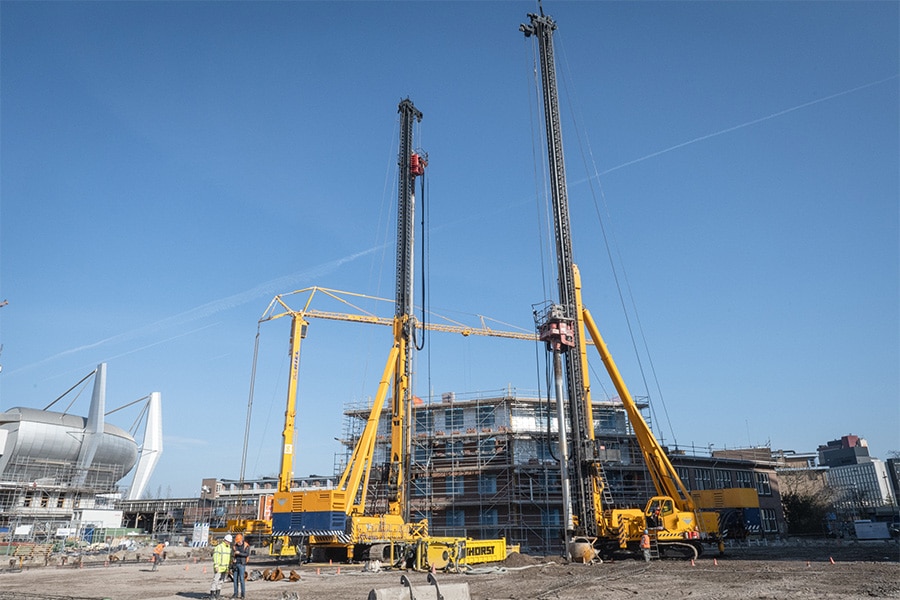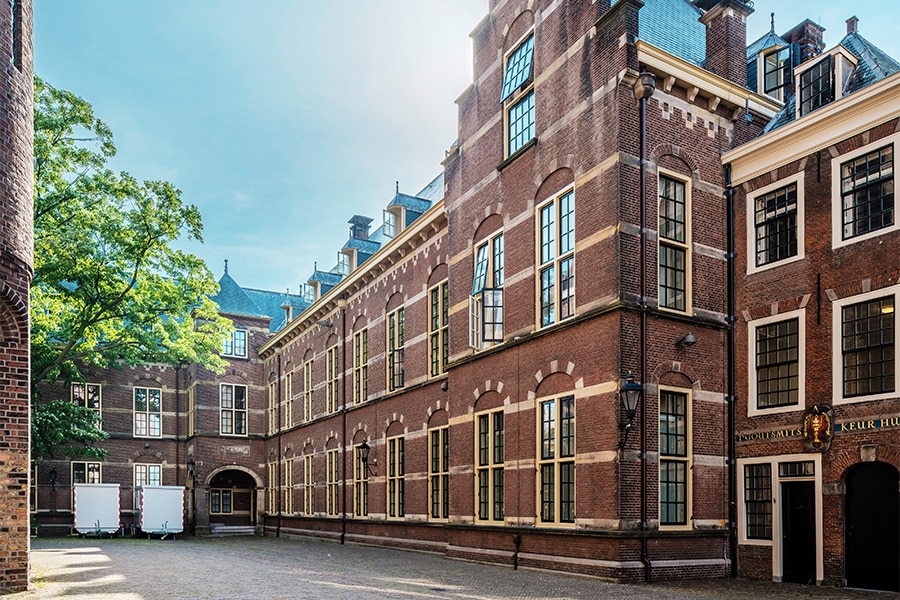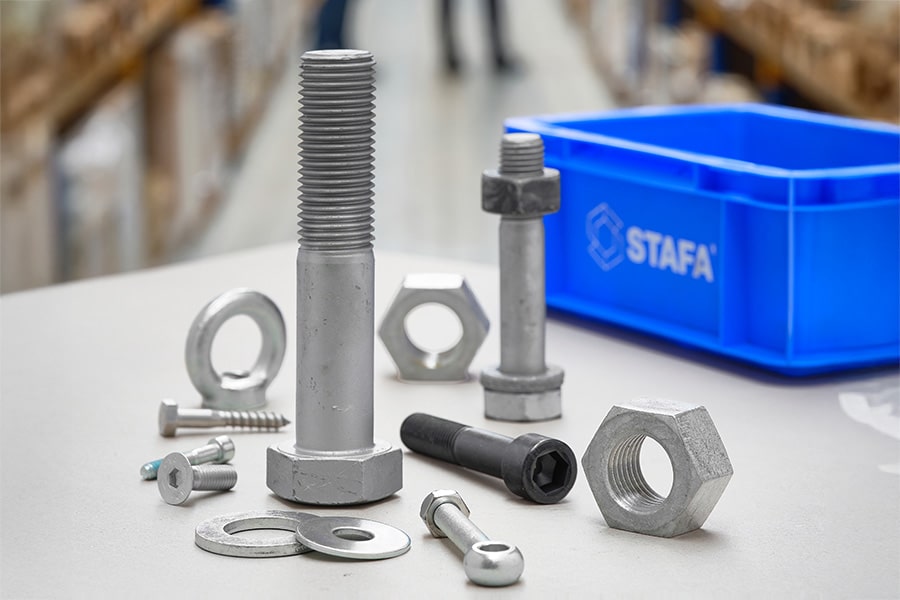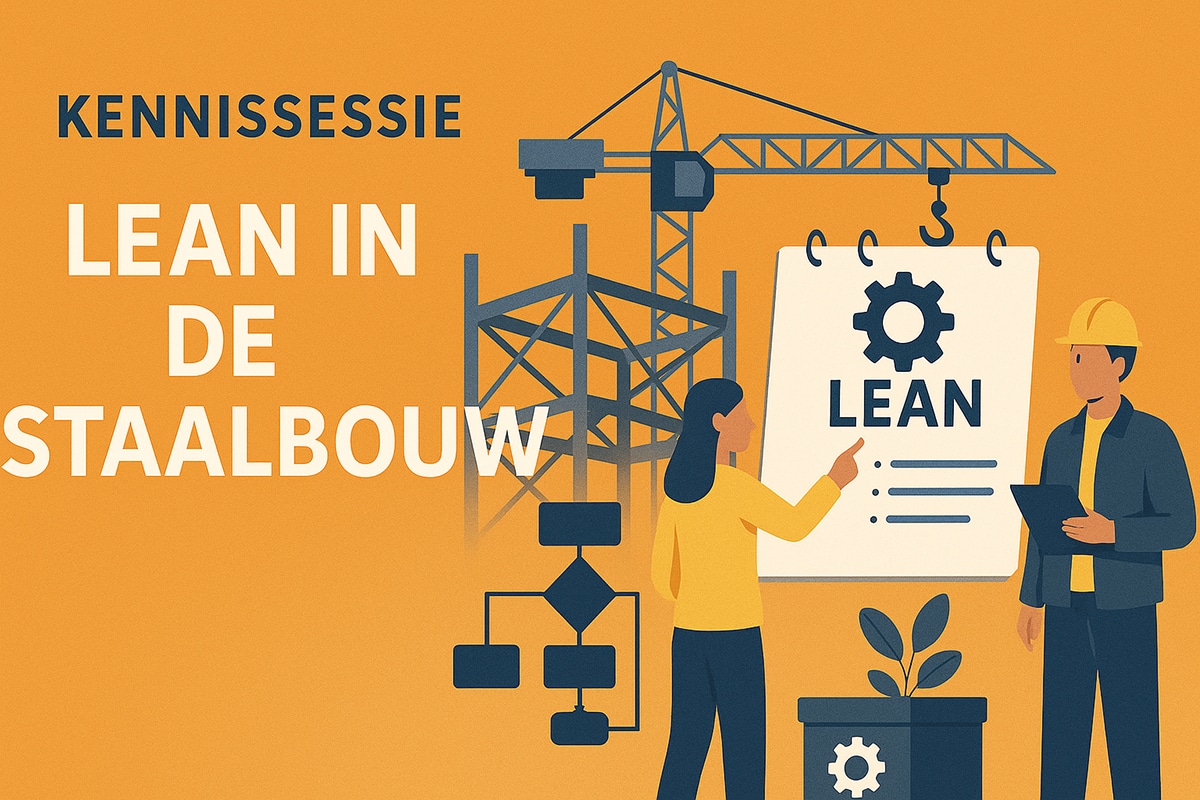
The Pen | Vincent Wegener, Co-Founder and Managing Director RAMLAB
Dreams of 3D printed concrete and steel
Imagine; you make the parts you need, when you need them and where you need them instead of long delivery times, cumbersome logistics chains and expensive storage. That is the vision of the Rotterdam Additive Manufacturing Lab, or RAMLAB; metal parts on demand.
In 2016, the Smart Industry Fieldlab started with a focus on port industries such as maritime, oil and gas and process industries. With a unique collaboration between industry and academic institutions like TU Delft, RAMLAB managed to produce the world's first certified 3D printed screw in the first year of its existence; the WAAMpeller. "Named after the technique we are developing at RAMLAB; Wire Arc Additive Manufacturing, which amounts to a conventional welding process where welding robots lay down metal weld beads layer by layer on top of each other to produce a 3D shape. The weight of the bronze propeller is 400 kg and was also tested for several months on Damen Shipyards' tugboat. With WAAM it is possible to 3D print any weldable material and the quality is superior to cast parts."
WAAM also for other sectors?
"After this successful project, we also began to explore the potential of WAAM for other sectors and got in touch with Foster & Partners. One of the challenges they faced is the increasingly complex nodes of large roof structures. Often the nodes are piece-by-piece different in design and these components must be custom made. This makes the design a costly affair and often involves long lead times. 3D printing these complex nodes offers both the opportunity to print complex designs and shorten delivery times."
Glass swing
"Although we didn't end up doing a project with F&P, we were set on the right course and got in touch with ARUP and TU Delft, who needed 3D printed nodes for their glass swing project last year." The glass swing consists of glass rods mounted together with 17 unique metal nodes. The base of each node is a standard steel cast ball onto which the complex legs are welded. The design is topology optimized creating optimal rigidity with the lightest possible construction. "ARUP and TU Delft wanted to demonstrate with the project that structural construction with glass is also possible. We managed to design and print the 17 nodes within two weeks, just in time for the GlassTec expo in Germany."
Technology is ready
3D printing is a relatively new technology and is slowly starting to make its appearance in construction as well. For example, in the previous edition, Leon Spikker of Studio RAP indicated that 3D printed concrete is starting to make its appearance. Combined with 3D printed steel parts, new more complex designs can still be realized relatively inexpensively. Imagine; robots printing parts on site from concrete and steel, where you need them, when you need them. These are no longer dreams, technology is ready, are you?



